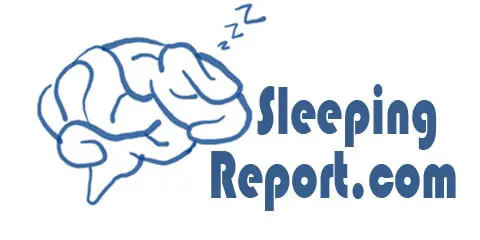The science of power naps tells us that we reap good things from a quick nap. Naps can rejuvenate us, boost our memory, and possibly increase immune health.
A quick power nap can help you get through your day easier and more efficiently. They don’t take long, and they can make us more productive. Everyone can benefit from a power nap, regardless of age, gender, or occupation.

Stay with me while I share with you what I have learned about the science of power naps.
What is a Power Nap?
A power nap is a short period of sleep that helps you get through the day. This napping is a brief sleep cycle that you wake up from before you hit deep sleep. If you continue sleeping until you reach deep sleep but wake up during this phase, you will likely wake up groggy and more tired than you were before the nap. This feeling happens because you didn’t complete the entire sleep cycle.
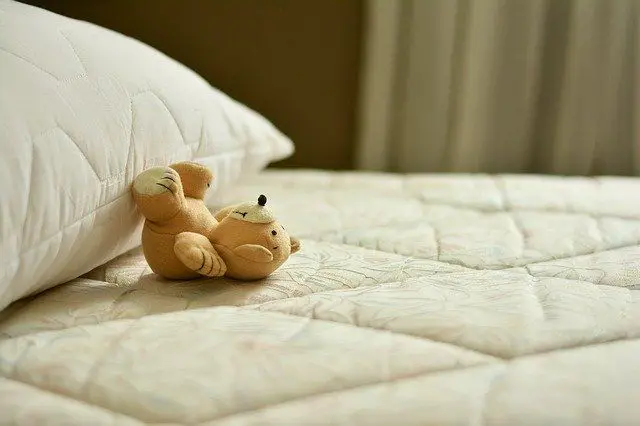
Most people reach for their coffee cup when they feel tired during the day. However, science tells us that a power nap will go further to help us be more productive than caffeine. Caffeine gives us a boost for a short time, but you must keep consuming it to keep that “awake” feeling going. Unfortunately, caffeine is addictive and can mess with your nighttime sleep routine, not to mention the caffeine crash after you finish drinking it. Therefore, scientists recommend a quick nap to help you feel refreshed.
How Long is the Ideal Power Nap?

An ideal power nap lasts from 15 to 20 minutes. Power naps for people on a regular daytime schedule should occur sometime between 1:00 pm to 4:00 pm. If you are a shift worker or a night owl, you can adjust accordingly.
These power naps work best in the afternoon because studies show that shortly after lunch, we naturally become sleepy. By taking a quick nap, you refresh yourself to get through the rest of the day. You may even find that if you take a quick nap instead of heading to the Starbucks in the lobby, you might avoid sleep deprivation at night.
It is essential to set an alarm to wake you up after your nap so you don’t run the risk of sleeping too long. Sincerely, you don’t want to fall into the deep sleep session of a sleep cycle. You will wake up feeling worse than you did before the nap, and with that could come a headache or an upset stomach.
Why are Power Naps so Effective?

Power naps are incredibly useful. The reason for this is that it resets your brain. When your mind resets from the monotony of the morning, a power nap will wipe your slate clean while you sleep to wake up refreshed and ready to get back to work.
Naps also work to make you more alert. Most people feel like they are slogging through the afternoon. However, a quick nap can bring you back to life when you wake up. Studies have shown that those who take naps during the day wake up feeling as though they can tackle any challenge. It’s like taking a bunch of shots of espresso, but much better for you.
Do you want to enhance your performance? You can if you indulge in a little nap. Your brain resets, you feel more alert, and this means that you have more energy to get through the rest of your day. Not only will your performance be enhanced at work, but think about when you get home. You will also have more momentum to go home and do chores and play with the kids. Of course, you will have more time to spend with your partner as chances are you won’t want to go to bed as soon as the kids are asleep.
With all the beneficial effects occurring with your nap, you will also find that you will make fewer mistakes. When your slate gets wiped clean, and you wake up more alert, your brain is ready to start over, and this helps you to focus more and thus fewer mistakes.
Can Power Naps Really Help Me?
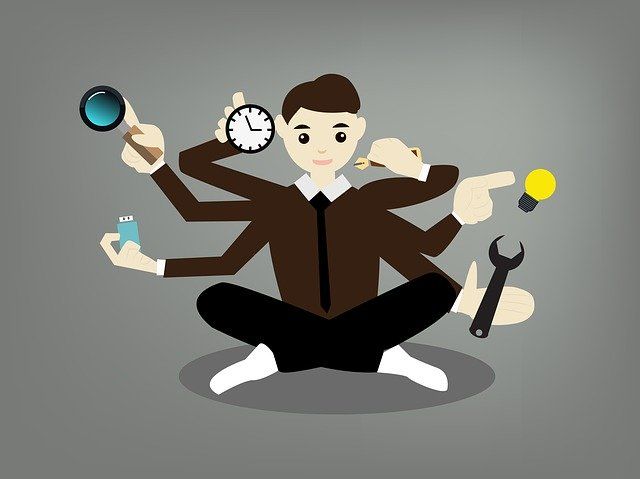
As we have talked about, naps give our brain a boost, but what does that mean exactly? A 20-minute power nap has been proven to improve ways to solve problems creatively, your listening ability heightens, and you remember more of a discussion. A brain boost also helps with learning, including perceptual, object, and statistical learning.
A power nap boosts your math skills, logical reasoning, and better reading comprehension. However, one of the most significant benefits of a power nap is reaction time. This reaction time is especially crucial for those who do manual labor, such as factory or construction workers. Excellent reaction time is critical to those occupations that require driving.
Napping to increase reaction time is called emergency napping. Emergency napping means that you take a nap when you are so sleepy that you can’t stay awake while doing a task. The need to stay awake is true, not only for those manual laborers but for anyone who is too sleepy to carry on.
This article is owned by Sleeping Report and was first published on January 2, 2020
Naps can also be beneficial to our mood and can help with depression or anxiety, as well. When a nap helps anxiety, it also helps to relieve stress. This stress relief can lead to lower blood pressure as well as fewer risks of heart attack or stroke. Thus, improving your heart health.
Do you need to lose weight? Studies show that taking a nap can help with obesity. Scientists have found that when we are sleep deprived, we struggle with weight gain. However, naps help to restore the rest we lose at night, and with this newfound sleep, weight tends to go down.
How Can I Fit a Power Nap into My Day?
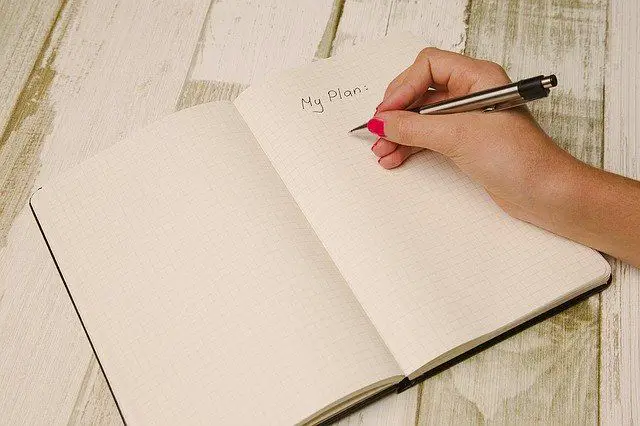
I can hear what you are saying. You are reading all about the benefits of a power nap, but you think that you barely have enough time in the day to do everything you need to do as it is, so how do I find time to take a nap, even a quick one?
The answer to that question is, you must make the time. Add a nap to your schedule. Creating time in your schedule is where a sound time management system can come in handy. Here are a few ideas about how to slip a nap in during your day.
Executives and office workers can pencil in a quick nap during the day. Head to the break room or even to your car and slip in a quick nap. If you work in a cubicle, rest your head on your desk for a few minutes to take advantage of a power nap.
Stay at home moms or dads can take a small nap when the kids are having quiet time or are napping themselves. If you want to double the nap power, have a lie down in your bed with the kids and read a story. You may even get the kids to fall asleep, too, if they become still enough. You can always load the dishwasher or vacuum the rugs after 15 minutes.
A college student can take a quick nap in between classes. If possible, schedule your classes at the beginning of the term to allow you an hour in between two of your afternoon classes so you can make a stop by the dorm to indulge in a little rejuvenating nap.
Shift workers and manual laborers can take a nap during one of their breaks. Instead of heading to the break room for a cup of coffee or an afternoon candy bar, sit down, relax, and take a quick nap. Not only will you feel better, but you will be an even better worker. If you are a great worker, you may even be in line for more frequent raises or possibly a promotion.
High school students and younger can come home after school and have a small snack then head to their room for a short nap. It doesn’t take much time, and you will appreciate how you feel afterward. A nap is especially beneficial to teens. Experts say that teenagers go through shorter sleep periods at night than small children or adults, so a nap during the day can help them to recover a bit of lost sleep as well as make them more functional and, hopefully, improve their mood.
Where is the Best Place for a Power Nap?

You may be sold on the idea of fitting in a nap during the afternoon, even if you are at work. I bet your next question will be, where is the best place to take a nap where I won’t be embarrassed or otherwise in the way?
This article is owned by Sleeping Report and was first published on January 2, 2020
Try these ideas on for size:
- If you have your own office, you can shut the door, tell your assistant that you are not to be disturbed, and take a quick snooze at your desk.
- If you don’t have your own office, you can try booking a small meeting room for 15-20 minutes or head out to your car and get comfortable while you indulge in a nap.
- Moms or dads can have a lie down on the couch or even on the floor. Make sure the kids are safe and take a little nap. If it is necessary, turn on Netflix and let them watch some cartoons or a movie while you sleep.
- If you are a college student and you don’t have time to head back to your dorm to get a nap, try heading to the library and sleep in a quiet nook in a less populated area. A benefit to this is that you will already be there if you need to study. You will feel refreshed and ready to hit the books after your nap.
- Shift workers can head to their car on a 15-minute break and get a little sleep. If you carpool, you can try the break room, or if it is a nice day, you can stretch out under a nearby tree or another shady spot.
- High school students can sleep in their beds at home, though if you must go straight to a job or elsewhere after school, maybe you can grab a quick nap in the car before you need to go in for your shift.
- Middle school and elementary school students can nap in their room or on the floor in the living room or on the sofa.
- If it comes down to it, you can always hide in a bathroom stall to get a few winks. Of course, the bathroom isn’t an ideal location, but in a pinch, it will work.
What Is the Best Way to Take a Nap?

Now you know when, where, and how long to take a nap, let’s learn how to take a nap. There are things you can do to help ensure the perfect naptime ritual.
First, you want to make the most of your sleep time. Since you are only napping for a few minutes, you will want to ensure that you are falling asleep quickly and efficiently. To do that, try these hints to help you fall asleep fast.
- Make sure you are in a cool room. A suitable temperature is anywhere from 65-68 degrees. You want to be cool, but not freezing, and you don’t want to be too warm. It is too hard to sleep when you are overly warm. However, some offices and other workplaces keep the air too cold. In this case, you may want to bring a jacket or a light blanket to keep you warm enough for your nap.
- Turn off distractions. No matter where you sleep, be sure to keep your phone turned off. These distractions include work phones and cell phones. You will also want to be sure to turn off any alerts on your computer or tablet that could potentially keep you awake. An excellent way to do this is to set your cell phone to airplane mode. You can still use your phone to stream soothing music, for instance, but the alerts will be turned off. Just don’t forget to turn it back to the regular mode when you wake up.
- Sleep in a quiet environment. In addition to the electronic alerts and phone intrusions, you will want to ensure that your sleeping space is relatively quiet. If finding a quiet spot is out of the question, try wearing earplugs, headphones, or place an ambient noise machine close by to help drown out the everyday noises around you.
- Your ideal nap location should be dark. Studies show that your circadian body rhythm functions best in the dark, so, if possible, close the blinds, turn off the lights, and wear a room darkening eye mask to help you sleep.
- If you are at work, have your assistant keep people away from your office, or you can try hanging a sign close by that asks not to be disturbed.
- One last tip is to try always to take your nap at the same time every day. This repetition will make your mind believe that naps come at a particular time, and you will likely be more ready for them.
If you still feel the need to have a cup of joe or your daily Starbucks shot in the afternoon, be sure to drink it just before you go down for your nap. That way, you get the added benefit of waking up to your caffeine kicking in. It isn’t right to encourage you all to drink caffeine in the afternoon, but, understandably, you may want it. And if you pair it with a nap, you are getting your craving out of the way and sleeping while you wait for it to take effect. Bonus!
These ideas will help you get the most out of your nap. These ideas are also useful to follow at night if you are looking to get better sleep at night too.
What If I Have a Hard Time Falling Asleep?
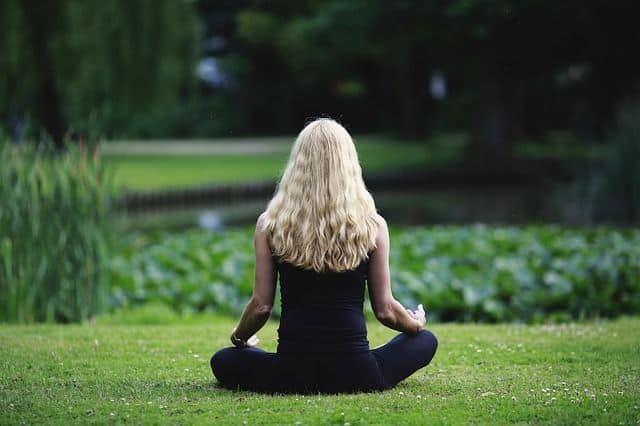
Falling asleep can be difficult. However, studies have shown that if you can get to a place of pure relaxation, it can give you the same benefits as falling asleep. But I am sure you are asking how this is done. You think that your mind never shuts off, so how can I relax?
Many techniques can get you to sleep quickly, or even help you relax, so you feel the same effects as a nap.
The best thing you can do is to work on meditation. Teach yourself how to empty your mind and let your relaxed thoughts flow as they will. At first, it will be hard. You will need to practice this art as it doesn’t happen naturally in most cases.
I have found that controlled breathing is a powerful way to soothe your brain. One of the most important parts of meditation is breathing. You can do both separately, but when you couple them together, you can get amazing results. To make the breathing exercises work, you need to breathe in deeply through your nose, hold it for a few counts, and then exhale deeply out of your mouth. Repeat these steps until you begin to feel drowsy.
You can listen to some soothing noises and concentrate solely on the noise. Don’t let your mind think of anything else. Concentrate only on the rhythm of the sound.
Another way to relax is to listen to hypnotherapy tracks. You can find them on iTunes or a similar streaming service.
Counting is also a great way to relax your mind. Just gentle counting, such as backward or, the old standby, counting sheep, don’t try to jump around and do math while you are trying to relax. You are setting yourself up for failure if you do that. It causes your mind to work harder, and that is not relaxing.
How Do You Wake up from a Power Nap?

The obvious answer to this question is to set the alarm. However, there is more to getting up from a nap other than just waking up.
- First things first, you want to be sure that you get up as soon as your alarm goes off. It may be tempting to keep sleeping, but you won’t be doing yourself any favors if you do, and you could potentially be harming your body in the process. If you are one that will snooze through the alarm, try putting your phone or alarm clock on the other side of the room so you must physically remove yourself from the napping area to turn it off.
- After that, open the blinds to let the sun shine on your face for a few minutes. The sunlight will help to make your brain know that it is time to be awake now.
- While you are standing in front of the window, jog or march in place, this will help to get your muscles moving and ready to get back to work.
- After these little exercises, head to the bathroom and splash a little cool water on your face to fully wake yourself up.
The total time for your waking up routine should be 10 minutes or less. These rituals should not take longer than it did to take a nap in the first place. This routine should put you at a full 30 minutes to include your rest and your wake-up routine.
What Do I Do If I Wake up Tired?
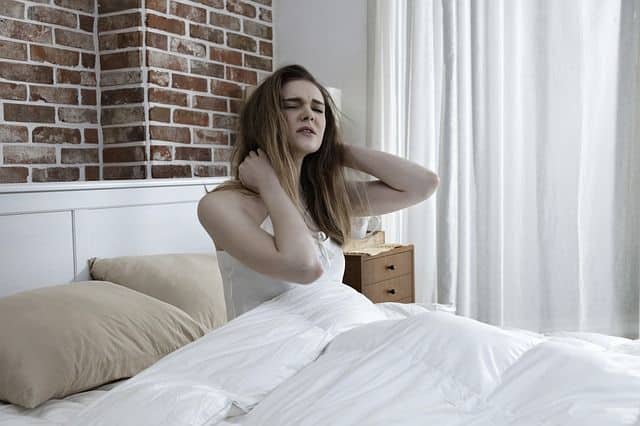
Sometimes you may wake up still tired after a nap. There are a few reasons for this. The first thing you need to do is to determine whether you have followed the nap “rules” and not sleep more than 30 minutes. If you are sleeping in the 30-60-minute range, you are likely suffering from sleep inertia, which means that you are trying to wake up out of a deep sleep cycle. Limit your naps to 20 minutes or less.
Another reason is that you may be filling up a sleep deficit, and a 20-minute nap is not enough to refill your sleep tank. When this happens, and you have the extra time, try to sleep for a full 90-minutes, so you are sleeping through an entire sleep cycle, which includes the deepest sleep. You may feel more refreshed after a full cycle.
Also, if you still wake up tired, you must follow the wake-up routine. You may find that you aren’t tired, but need to wipe the sleep from your eyes and reenergize with some light exercise and a splash of cool water on your face. If standing in front of the window to get your sunshine isn’t helping you wake up, try taking your routine outside. Head out the door and stand in the sun for a few minutes while doing your exercises. It may even be helpful to take a short walk around the building or the parking lot.
Is There Ever a Time When a Power Nap Is a Bad Idea?

Yes, there is a time when a power nap might not help you.
If you have severe insomnia, which is where you sleep very little at night, or you sleep restlessly, and you don’t get enough rest, you should not be taking a nap during the afternoon. Doing so can do more harm than good for insomniacs.
If you aren’t getting the proper sleep at night, you may wish to bring it up to your doctor or a sleep specialist. You could be suffering from Obstructive Sleep Apnea, which means you stop breathing several times during the night. When you stop breathing like this at night, it wakes you up and causes a restless night.
Keep a sleep journal every night for a week or two to track your sleep habits. This journal could be incredibly beneficial to your doctor.
Experts recommend that your nap take place in the early afternoon. You never want to take a nap in the morning, especially if you have gotten a full night’s sleep. You should not nap after 4:00 pm either. Sleeping in the evening is not good for you either. Napping in the morning or the evening can mess with your natural circadian rhythm.
Sleeping in the morning can cause you to be groggy and irritable all day. Napping in the evening will cause you to sleep poorly at night if you can fall asleep at all.
Be proactive in your napping routine. Your body will thank you for it.
Final Thoughts
Science tells us that naps are healthy and useful. Luckily, in today’s world, the stigma of a daytime nap is dwindling, and even large companies are jumping on the nap bandwagon. Companies like Google are even installing sleeping pods at their headquarters, where they encourage team members to take a quick nap.
SleepingReport.com copyright article was updated on ..
So, follow the tips and tricks in this article to get the best nap you can, but also watch for signs that you should not be napping. Remember, napping does not come easy for a lot of people. Don’t give up if it doesn’t work for you on the first try. Keep practicing, and eventually, napping will come naturally.
